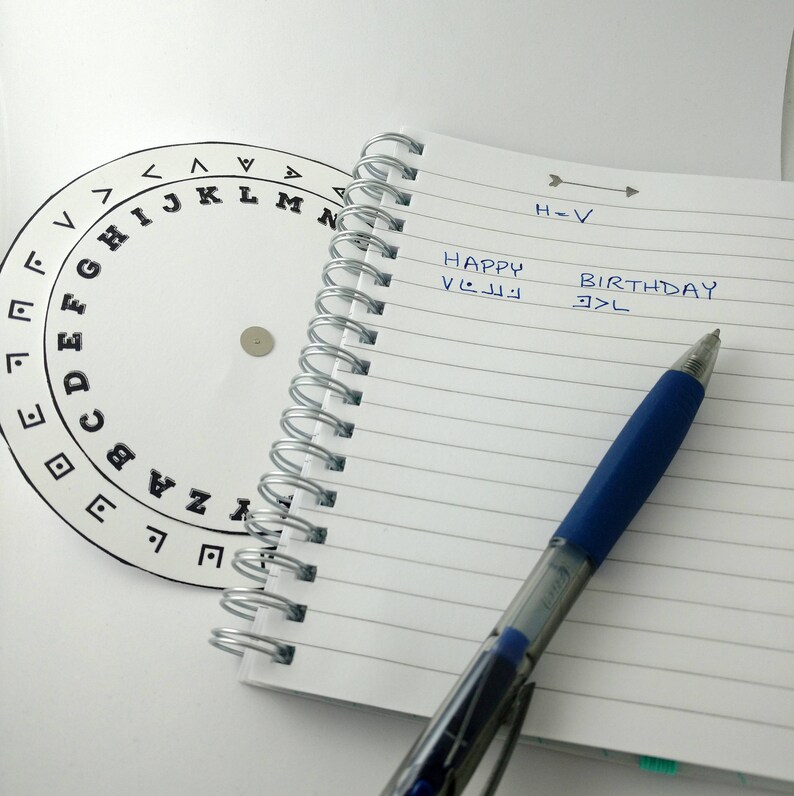


Parrangan & Parrangan write that it was used by an individual, who may have been a Mason, “in the 16th century to save his personal notes.” Thompson writes that, “there is evidence that suggests that the Knights Templar utilized a pig-pen cipher” during the Christian Crusades. The cipher is believed to be an ancient cipher and is said to have originated with the Hebrew rabbis. Indeed, knowledge of Pigpen is so ubiquitous that an interceptor might not need to actually break this cipher at all, but merely decipher it, in the same way that the intended recipient would.ĭue to Pigpen's simplicity, it is very often included in children's books on ciphers and secret writing. Worse, because it is both very well-known and instantly recognizable, it is arguably among the worst ciphers one can possibly choose from a security standpoint. Its use of symbols instead of letters in no way impedes cryptanalysis, and this cipher is not otherwise different from any other simple monoalphabetic substitution cipher. The example key shows one way the letters can be assigned to the grid.Īlthough Pigpen might be regarded as a fun cipher to use, it offers almost no cryptographic security at all. The pigpen cipher (alternatively referred to as the masonic cipher, Freemason's cipher, Napoleon cipher, and tic-tac-toe cipher) is a geometric simple substitution cipher, which exchanges letters for symbols which are fragments of a grid. The pigpen cipher uses graphical symbols assigned according to a key similar to the above diagram.


 0 kommentar(er)
0 kommentar(er)
